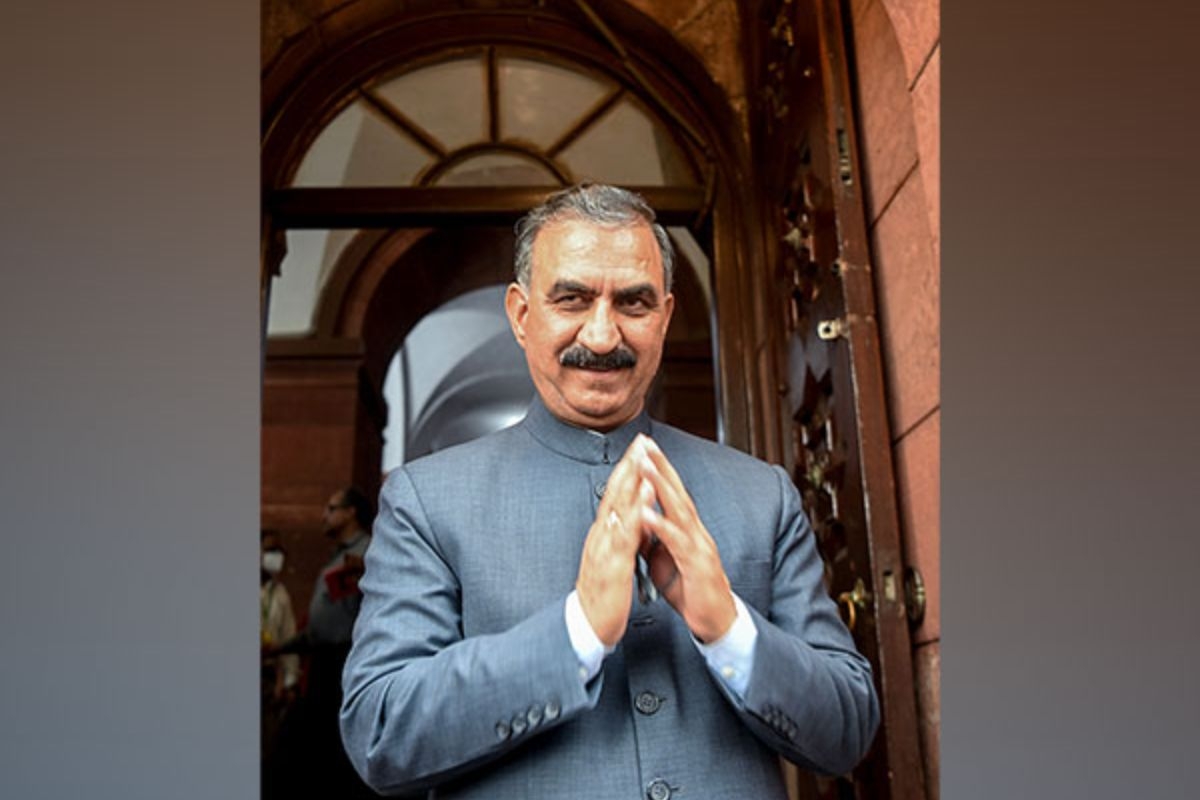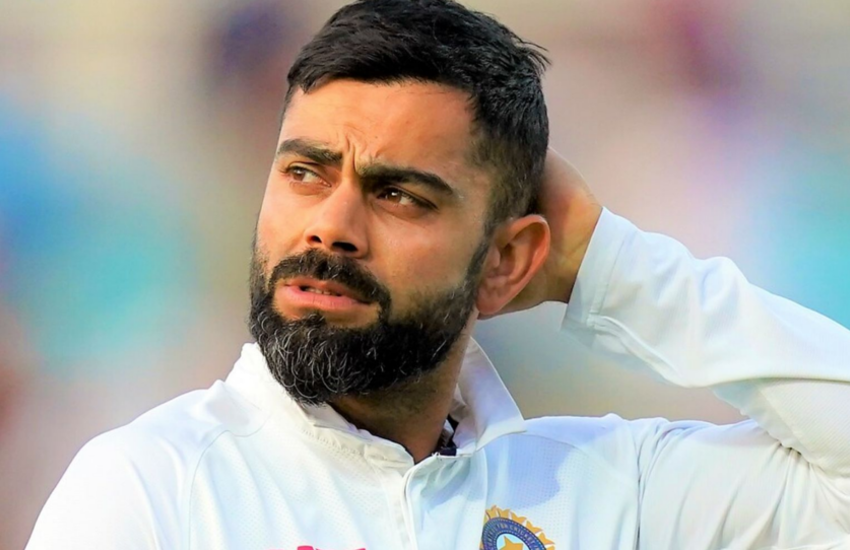As India play their 900th One-Day international, here's a flashback

On Sunday, 16 October 2016, India will be playing their 900th One-Day International (ODI) match - against New Zealand at the HPCA Stadium in Dharamsala. After whitewashing the visitors in the Test series, the Indian team will be hoping to mark this milestone match with a win. Now, as the boys in blue gear up for the big match, here's a look back at the Indian cricket team's ODI history.
Where it all began
1721. That's the earliest record of cricket being played in India. The sport was introduced to the Indian subcontinent by European merchant sailors. However, the first cricket club was not set up until many years later, that's in 1792 with the founding of the Calcutta Cricket Club. The first match was held in Bombay five years later. ODI cricket though, was birthed almost a whole two centuries later!
The first ODI match took place in 1971 between Australia and England. This, after the first three days of the third Test in the series were called off. India's first ODI match was some 3 years later when the Indian team took on England on 13 July, 1974.
However, this wasn't the beginning of the limited overs format itself. In fact, the idea for a limited 50-over game of cricket was first played in India! In 1951, Kerala played host to the inaugural edition of the All India Pooja Cricket Tournament - the world's first limited overs tournament. It was only in the 60s that it became a common occurrence between English county teams.
King Kapil and Indian cricket's rise
The first ODI World Cup was played in 1975. In this edition of the cup, India was eliminated in the group stage. Four years later, India exited at the same stage.
It was during the 1983 World Cup when India truly came of age in world cricket. Players like Ravi Shastri, Roger Binny, Kapil Dev, Madan Lal and others emerged in the early 80s leading to India's greatest success - beating two-time defending champions West Indies in the finals to win the 1983 World Cup.
This unprecedented victory was followed by success in the 1985 Asia Cup and the World Championship of Cricket. With Indian hockey on the wane, this golden generation managed to firmly establish cricket as India's most beloved sport.
The mediocrity that followed
After them came players like Mohinder Amarnath and Dilip Vengsarker in the late 80s. The latter was the best batsman in the world in 86-87. In the 90s, Sachin Tendulkar, arguably the best batsman ever to grace the game, and Anil Kumble one of the best leg spinners ever, came to the forefront. However, while these individuals managed to make India a powerhouse at home, India's performance abroad was severely lacking.

It wasn't until after Mohammed Azharuddin's tainted captaincy that Team India truly found its place in the sun.
Ganguly and the return of greatness
After Azharuddin exited under the shadow of match-fixing, Saurav Ganguly assumed captaincy of the team. Ganguly took over the captaincy at a difficult time. The dressing room had been rocked by the match-fixing scandal and morale was low following a disappointing '99 World Cup campaign.
However, along with the likes of Kumble, Tendulkar, Virendra Sehwag and Rahul Dravid, Ganguly managed to propel India back to its rightful place in the world game. Fueled by this new core, and under the guidance of John Wright - India's first ever foreign coach, India won the ICC Champions Trophy and reached the final of the 2003 World Cup.
Ganguly's greatest moment came during the Natwest Series final in July of 2002, when he took his shirt off in front of everyone to celebrate a famous victory. In 2006, India convincingly defeated arch-rivals Pakistan and created a record of 17 successive ODI victories while chasing.
Importantly, under Ganguly, India managed to become a real threat overseas as well. However, a slump in form and a clash with new coach Greg Chappell led to his replacement. The unrest caused by this clash resulted in an uncertain team India going into the 2007 World Cup where they crashed out in the group stages.
Captain Cool and a resurgent Team India

After this debacle, Indian cricket needed a saviour and it found one in Mahendra Singh Dhoni. Dhoni's calculated aggression along with his cool demeanour in crunch situations led to him being dubbed 'Captain Cool'.
Dhoni led the team through a transitional period as stalwarts such as Ganguly, Dravid, Kumble and others were at the fag end of their careers. He guided the team through this transition and, after the 2007 debacle, helped India to its second World Cup win in 2011 on home soil. With this, India became only the third team to win the World Cup more than once.
This was followed by a semifinal appearance in the 2015 World Cup in Australia and New Zealand and a win in the 2016 Asia Cup.
Dhoni passed on the captaincy of the Indian team to Virat Kohli, but not before becoming India's most successful ever ODI captain and the second most successful ODI captain in the world, surpassed only by Ricky Ponting.
As India embarks on its next 100 matches, one hopes that the consistency continues and the Virat Kohli era is as bright as the one left behind by Mahendra Singh Dhoni.
A few Indian ODI records
Since their first ODI, India has played 899 matches, with the first ODI against New Zealand on Sunday, 13 October, the 900th.
- India has won 454 of those and lost 399. 7 were tied and 39 ended in a no result. In terms of win percentage against major teams, India's best opponents are Zimbabwe, Bangladesh (both long considered minnows) and Sri Lanka.
- Three batsmen - Sachin Tendulkar, Ganguly and Dravid, have scored over 10,000 ODI runs.
- Tendulkar, Rohit Sharma (twice) and Virender Sehwag have scored over 200 runs in a ODI match.
- In terms of bowling, Anil Kumble (334) and Javagal Srinath (315) both have taken over 300 wickets for India.
- Dhoni is the most successful with 348 dismissals followed by 154 for Nayan Mongia.

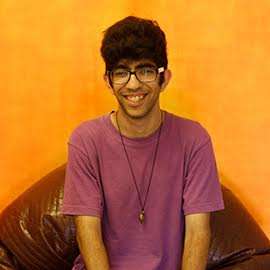
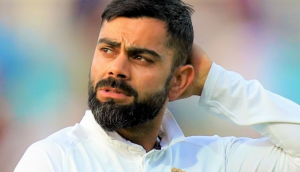

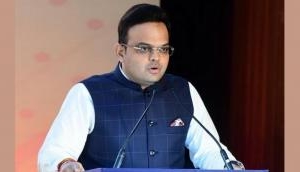
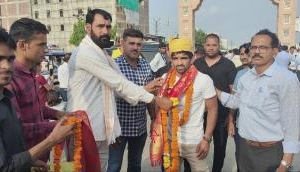
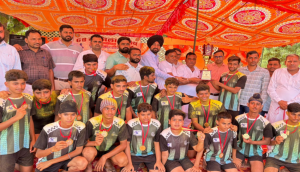
![BJP's Kapil Mishra recreates Shankar Mahadevan’s ‘Breathless’ song to highlight Delhi pollution [WATCH] BJP's Kapil Mishra recreates Shankar Mahadevan’s ‘Breathless’ song to highlight Delhi pollution [WATCH]](https://images.catchnews.com/upload/2022/11/03/kapil-mishra_240884_300x172.png)

![Anupam Kher shares pictures of his toned body on 67th birthday [MUST SEE] Anupam Kher shares pictures of his toned body on 67th birthday [MUST SEE]](https://images.catchnews.com/upload/2022/03/07/Anupam_kher_231145_300x172.jpg)



